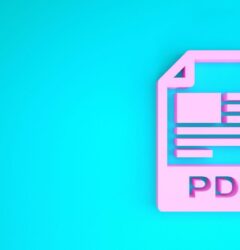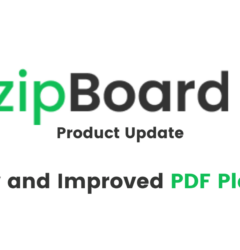All You Need to Know About Documentation Quality in Technical Writing
12 Nov
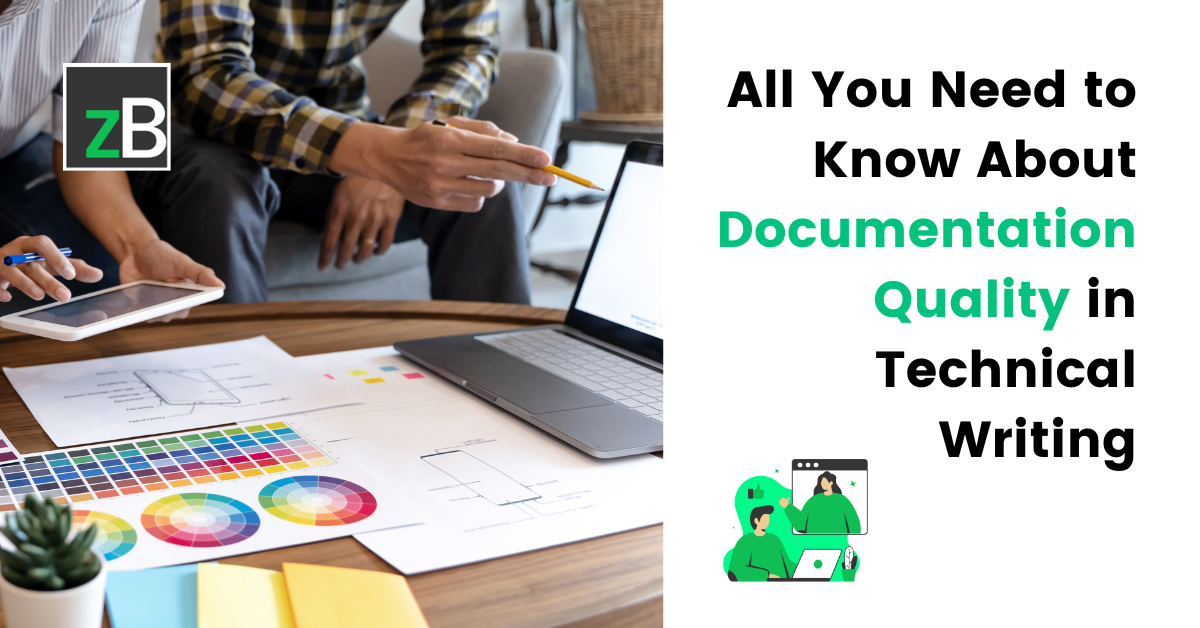
Table of Contents
ToggleTechnical writers often have questions about ensuring documentation quality: “What does a good documentation look like?” “What metrics do I use to measure document quality?” And so on.
Whether you’re a technical writer, documentation specialist, or documentation manager, the success of your documentation projects hinges on the quality of the documents you produce.
High-quality documentation ensures that users can understand and use your products effectively, leading to increased satisfaction and reduced support costs. Conversely, poor documentation quality often results in user frustration, project delays, and higher support costs due to the need for additional assistance and corrections.
Document control and quality specialists (which can include technical writers and editors) face numerous challenges in ensuring documentation quality.
These challenges include maintaining accuracy, ensuring completeness, achieving clarity, maintaining consistency across documents, incorporating feedback, keeping documentation up-to-date, and using technology effectively.
Addressing these common challenges with robust tools for technical writing QA can significantly improve documentation quality, leading to better user experiences and more efficient project management.
What is Documentation Quality?
Documentation quality refers to the standard or grade of documentation in terms of its accuracy, completeness, clarity, consistency, correctness, and usability.
High-quality documentation ensures that information is conveyed effectively and efficiently to its intended audience, whether they are end-users, developers, or other stakeholders.
What are the Criteria for High Quality Documentation?
1. Accuracy: This ensures that the information provided is correct and error-free. Accurate documentation prevents misunderstandings and mistakes that could arise from incorrect information. It is crucial because incorrect information can lead to product usage or implementation errors, potentially causing significant issues.
2. Completeness: Comprehensive documentation covers all necessary aspects of the subject matter. It ensures that users have all the information they need without having to look elsewhere. Completeness is essential as it ensures that users do not miss critical information, which could lead to incomplete understanding or improper use of the product.
3. Clarity: Clear documentation is easy to understand. It uses simple language, avoids jargon, and is well-organized, making it accessible to its intended audience. Clarity helps users understand the information without confusion, reducing the need for additional support.
4. Consistency: Consistent documentation uses uniform terminology, style, and formatting throughout. This helps in maintaining a professional appearance and makes the document easier to follow. Consistency also provides a seamless reading experience, making it easier for users to follow and understand the documentation.
5. Correctness: This involves ensuring that the documentation adheres to grammatical and syntactical rules. Correct documentation enhances readability and professionalism. Correctness also enhances the credibility and professionalism of the documentation.
6. Usability: Usable documentation is user-friendly and easy to navigate. It includes features like a table of contents, index, and search functionality to help users find the information they need quickly. Usability ensures that users can efficiently find and use the information they need, improving their overall experience.
The Impact of Documentation Quality
High-quality documentation positively impacts business processes and user satisfaction in several ways:
- Improved User Experience: Users can easily understand and use the product, leading to higher satisfaction and fewer support requests.
- Increased Efficiency: Teams can rely on accurate and comprehensive documentation to perform their tasks effectively, reducing the time spent on clarifications and corrections.
- Reduced Costs: Clear and correct documentation reduces the need for extensive support and training, saving time and resources.
- Enhanced Reputation: Professional and high-quality documentation reflects well on the organization, enhancing its reputation and credibility.
The opposite of these are true for poor documentation:
- Increased Support Costs: Users struggling with unclear or incorrect documentation will require more support, increasing operational costs.
- User Frustration: Poor documentation can lead to user frustration, negatively impacting their experience and potentially leading to a loss of customers.
- Project Delays: Inaccurate or incomplete documentation can cause misunderstandings and errors, leading to project delays and increased costs.
- Decreased Productivity: Teams may spend excessive time seeking clarifications or correcting errors, reducing overall productivity.
Due to this, understanding and implementing the key components of quality documentation will enable your organization to significantly improve its documentation standards, leading to better user experiences and more efficient business processes.
How to Measure Documentation Quality
According to the criteria for high-quality documentation, good documentation is accurate, complete, clear, consistent, correct, and usable. But how do you measure this? How do you ensure you measure your document against that criteria?
Here are 7 key documentation quality metrics and indicators for assessing the quality of your documents:
1. Error Rate: This metric measures the number of errors found in the documentation. Errors can include typos, grammatical mistakes, factual inaccuracies, and technical errors. A lower error rate indicates higher quality.
2. Completeness Rate: This measures how thoroughly the documentation covers the necessary topics and information. It ensures that all relevant aspects are included and nothing important is omitted.
3. Readability Score: This metric assesses how easy the documentation is to read and understand. Tools like the Flesch-Kincaid readability tests can provide scores that indicate the complexity of the text.
4. User Satisfaction: High user satisfaction indicates that the documentation is meeting their needs effectively. This is measured through surveys and feedback from users who interact with the documentation.
5. Time to Resolution of Documentation-Related Issues: This measures the time it takes to resolve issues or questions that arise from the documentation. Shorter resolution times suggest that the documentation is clear and effective.
6. Usage Analytics: Tracking how often and in what ways users interact with the documentation can provide insights into its effectiveness. Metrics such as page views, time spent on pages, and search queries can be useful.
7. Consistency Checks: This involves ensuring that terminology, style, and formatting are consistent throughout the documentation. Consistency can be measured through manual reviews or automated tools.
How to Ensure & Enhance Documentation Quality
Conduct Regular Audits
Periodically review documentation to ensure it meets quality standards. Regular audits help identify errors, outdated information, and areas for improvement. They also ensure that documentation remains accurate and relevant.
There’s no fast rule as to what “regular” means in this case, however, you can schedule a time to conduct quarterly or yearly audits.
Use Standardized Templates
Implement standardized templates to maintain uniformity across all documents. Remember, consistency is one core criterion or component for good documentation.
So you want to have consistent formatting and structure across all documents. This makes it easier for users to read and navigate, thereby enhancing user experience. A technical document review template can help with this.
[Free Checklist]
Technical Document Review Checklist
Grab your free copy of the Technical Document Review checklist in Excel, Word or PDF. Save time and leave no element unchecked for better documentation quality.
DownloadProvide Ongoing Training
Technical writers can conduct research and create documents for products, but ensuring quality may not always be their strong suit, even though they may know the basics.
Owing to this, it’s essential to provide continuous training for writers and editors on best practices and the tools they need to review documents against the documentation quality metrics.
Establish Clear Quality Criteria
There are standard rules for quality documentation. However, from those general and standard rules, organizations also have their versions of it. So what does documentation quality entail at your organization?
Work with relevant stakeholders, if any, and define what that means.
Another aspect of establishing clear quality criteria is implementing a multi-tier technical documentation review process involving peer reviews, subject matter expert (SME) reviews, and final approvals to ensure that documentation meets these criteria.
It all boils down to having a standardized process.
[Free Guide]
Discover How to Set Up an Efficient Document Review Process in zipBoard
Download Create Feedback Channels
Set up channels for users and stakeholders to provide feedback on documentation.
Traditionally, this will usually include surveys, feedback forms, and direct communication. However, this may not always be the best idea, especially if the document is still in production.
During the testing or QA phases of the document, you can use collaborative document review tools like zipBoard to review and invite SMEs, clients, and beta users to review the document and provide contextual feedback using annotation and document markup tools.
Collaborate on technical documents with all stakeholders in zipBoard. Click to see how it works → No sign up required
Surveys and feedback forms can be incorporated within the document so users can also easily give feedback once the document is live.
When you incorporate feedback throughout the lifecycle of the document, it helps identify issues and areas for improvement.
Keep Documentation Up-to-Date
Regularly update the documentation to reflect the latest information and changes. This ensures that users always have access to current and accurate information, reducing confusion and errors.
Leverage Technology
Use software to streamline the documentation process and enhance quality. Here are some tools that cater to the 7 metrics:
- Proofreading Tools: Grammarly and Hemingway help identify and correct errors, improving accuracy and readability.
- Readability Test Tools: Readable and the Flesch-Kincaid readability tests provide scores that indicate the complexity and readability of the text.
- Analytics Tools: Google Analytics can track how users interact with online documentation, providing data on page views, time spent on pages, and search queries.
- Version Control Systems: Git helps track changes in documentation, ensuring updates are consistent and errors are minimized.
- Document Collaboration Tools: Platforms like zipBoard make it easier for you to work with SMEs, clients, and other relevant stakeholders in one place. This ensures that all feedback is incorporated promptly and that the documentation process is efficient and effective.
Add documents and invite team members, SMEs and clients for review
Streamline Documentation Quality Assurance Review & Collaboration with zipBoard
zipBoard offers a robust platform designed to streamline the documentation quality assurance process and enhance document reviews in technical writing. Here’s how zipBoard contributes to the process:
Comprehensive Review and Collaboration Platform
zipBoard provides a centralized document management and collaboration software that allows internal and external stakeholders can review and collaborate on documents in one place, right for their browsers.
This unified approach ensures that feedback is not fragmented and scattered across multiple tools and platforms. Consequently leading to faster feedback management and resolution.
Real-Time Collaboration
With zipBoard, all stakeholders can give and receive feedback in real-time, anywhere, and on any device. This allows you to incorporate feedback promptly and speed up the QA process, leading to faster turnaround times.
Custom Workflows for QA Processes
We understand every documentation review process is unique and complex in its own regard. So we give you the flexibility to create custom workflows tailored to your documentation quality assurance process.
This flexibility allows you to define specific steps and criteria for reviews and approvals. You can create as many phases as you need, without any restrictions!
Automated Review and Approval Workflows
zipBoard enables you to automate the technical document review process to streamline your workflow and reduce manual effort. Some of these include email reminders and in-app notifications, automatically converting internal feedback into tasks and adding them to the task list, and so much more.
Using zipBoard means you no longer have to consistently follow up with SMEs for reviews as you can easily invite them in the app, and set due dates and closing dates which will trigger email notifications.
Document Version Control
zipBoard allows you to track changes and updates to documentation in one place. The intuitive document version control tool ensures that all stakeholders have visibility into the most current information.
Stakeholders can also easily refer (or revert) to previous versions, if needed. This maintains a clear history of document evolution.
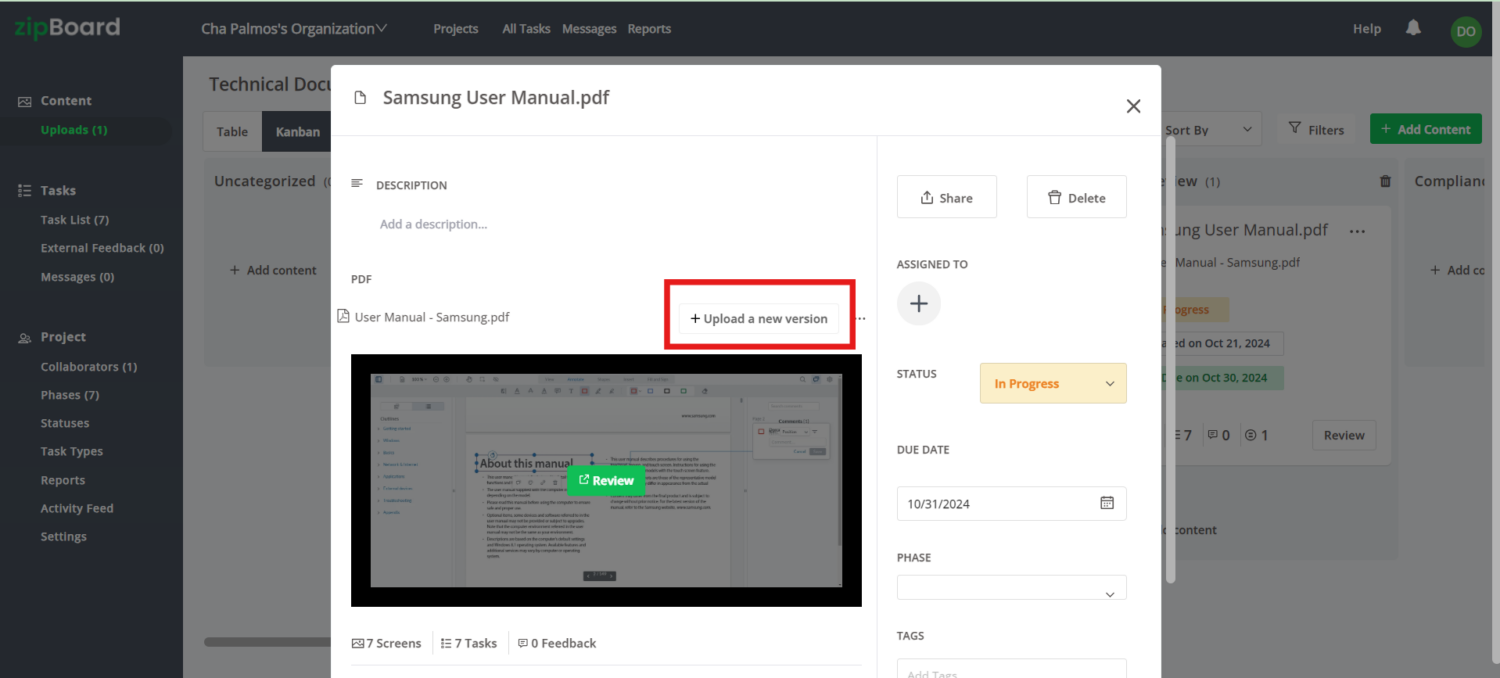
Issue and Task Tracking
Use task and issue tracking to manage and resolve documentation-related tasks efficiently – right within the platform, in your browser. With zipBoard, you don’t need to manually document and organize tasks from stakeholder feedback.
zipBoard’s tasks management tool allows you to identify, assign, and track the resolution of issues, ensuring that you address all feedback and implement documentation improvements systematically.
Automated Reporting
zipBoard automatically generates detailed reports to monitor progress and ensure projects are completed on time.
The reporting features provide insights into review cycles and approval timelines, helping teams stay on track and meet their quality goals.
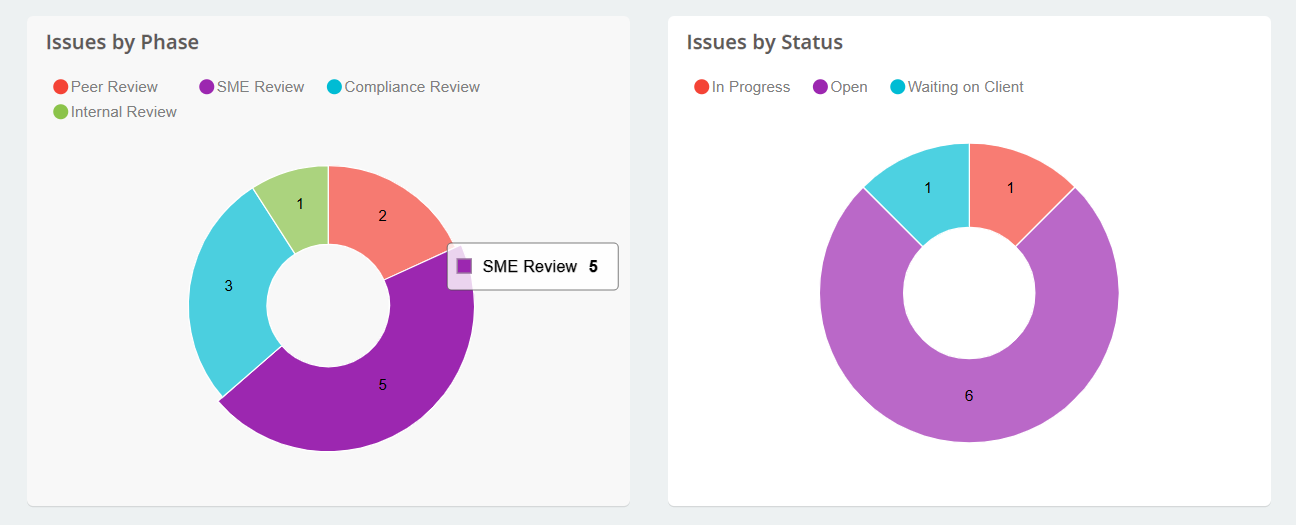
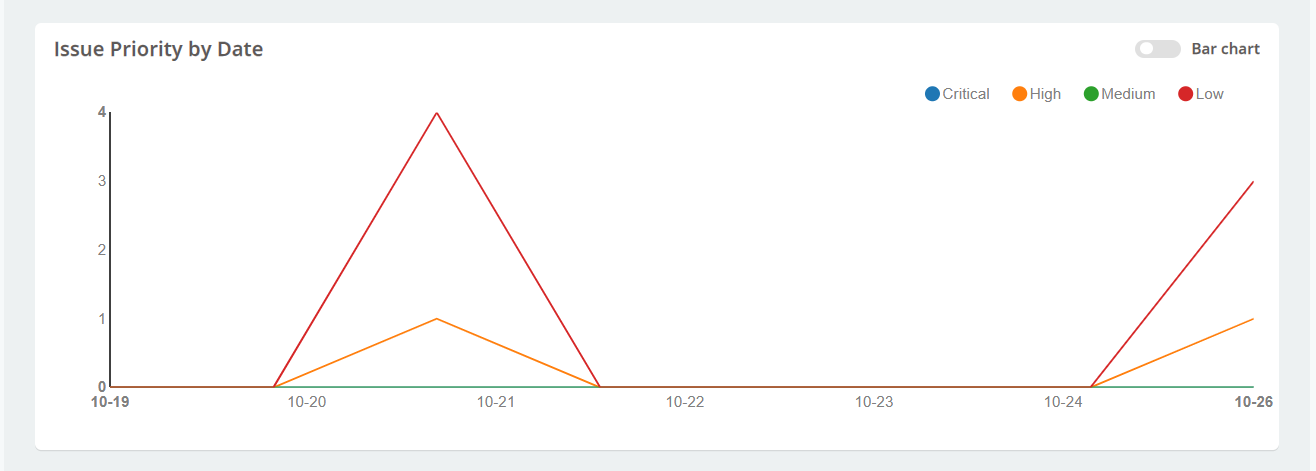
TL;DR (Too Long; Didn’t Read)
Documentation quality ensures user satisfaction, reduces support costs, and enhances your organization’s reputation.
By understanding the key criteria for quality documentation (accuracy, completeness, clarity, consistency, correctness, and usability), and implementing effective measurement and improvement strategies, you can significantly elevate your documentation standards.
Enhance Your Documentation Quality Assurance Review Process with zipBoard
Start your free trial today or book a demo to see how we can ensure efficient document collaboration and transform your documentation review process.
Book DemoStart Free TrialAuthor’s bio:
Dorcas Kpabitey is a Content Marketing Specialist at zipBoard. She began her content marketing journey alongside her BA in Political Science and Spanish at the University of Ghana. If she is not tapping away at her keyboard or spending time on Twitter and LinkedIn, she spends her day reading articles, newsletters and books.
Related Post
Recent Posts
- Best Practices for Efficient Document Reviews and Collaboration December 18, 2025
- MEP Document Management: How to Streamline Reviews & Avoid Rework October 3, 2025
- What Is Online Proofing Software? And Why Content Review Breaks Without It July 11, 2025
- How Laerdal Medical Cut eLearning Review Time by 50% with zipBoard’s Visual Review Tool July 9, 2025
- Why Your Team Needs a Content Feedback System (Not Just Comments in Docs) May 28, 2025
©️ Copyright 2025 zipBoard Tech. All rights reserved.

